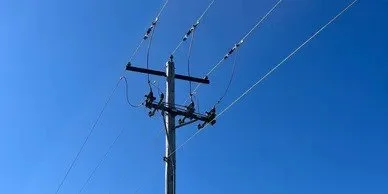
What is Community Solar?
What is a Community Solar Garden aka Shared Solar?
Community solar, sometimes called a solar garden or shared solar is a way for people to benefit from clean energy without needing panels on their own property. Instead of everyone worrying about whether their roof is the right size or angle, a group of people can subscribe to a larger solar project built in an ideal location.
Here’s how it works: we lease land that’s well-suited for solar and develop a community solar garden. When the garden produces electricity, the utility company issues bill credits for that power. Subscribers, people or businesses who sign up will use those credits to lower their own electric bills, just as if the panels were sitting on their property.
For landowners, hosting a project means steady, reliable income. For subscribers, it’s a simple way to save money on energy. And for the community, it’s more local clean power that everyone can share in.
Each state sets its own rules for community solar. Often times many states limit projects to about 5 megawatts (roughly 40 acres), or require things like battery storage or union labor. Enterprise Energy handles all those details pre development so that landowners and subscribers can focus on what matters most: saving money, strengthening communities, and building a cleaner future together.
What Equipment is installed on site?
-

Solar Panels "Modules"
We only install Silicon Cell Polycrystalline solar panels, which do not contain any hazardous materials. The panels are encased in glass and an aluminum frame that is affixed to the racking system. We use American made panels when possible.
-
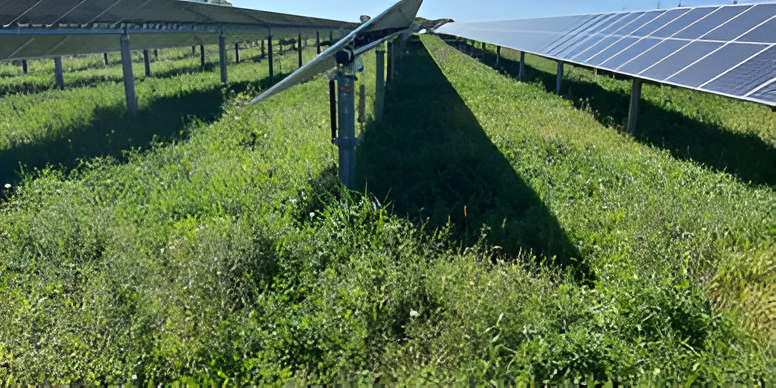
Racking (Fixed vs. Tracker)
Solar racking equipment holds the panels in place. It is typically made of American steel. Racks are either arranged in rows (aka "Strings") that go from East to West which are at a motionless fixed tilt facing South, or in rows from North to South which pivot on a single access tracker, following the sun from East to West.
-
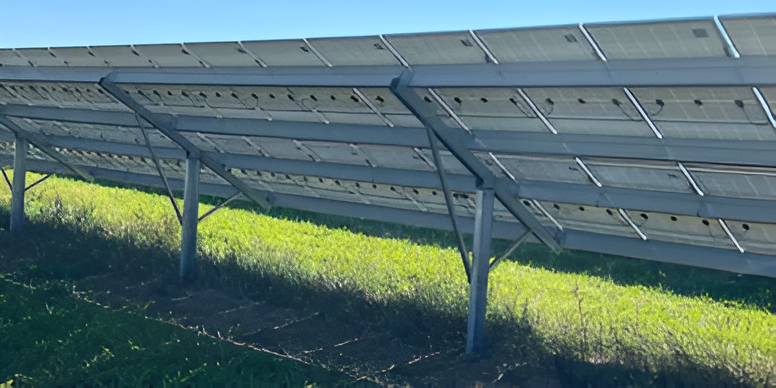
Footings
The solar panels and racking are affixed to the ground with American steel I-beams, driven to a depth that will allow the installation to sustain winds in excess of 150 MPH as determined by a licensed engineer and based on site specific soil conditions. No concrete is used except for the equipment pad, which makes it easily decommisisonable.
-

Pollinator Groundcover
The area underneath the solar panels is planted in an indigenous pollinator friendly seed mix, which creates wildlife habitat for insects, birds, small mammals, reptiles–and the wildlife that eat them. The deep-rooted pesticide-free free mix reduces erosion by slowing down the velocity of water runoff and improves the permeability of the soil. Similar to CRP mix, it acts as a natural filter, cleaning any water that drains into nearby waterbodies or wetlands and improves the quality of the soil for future agricultural use.
-
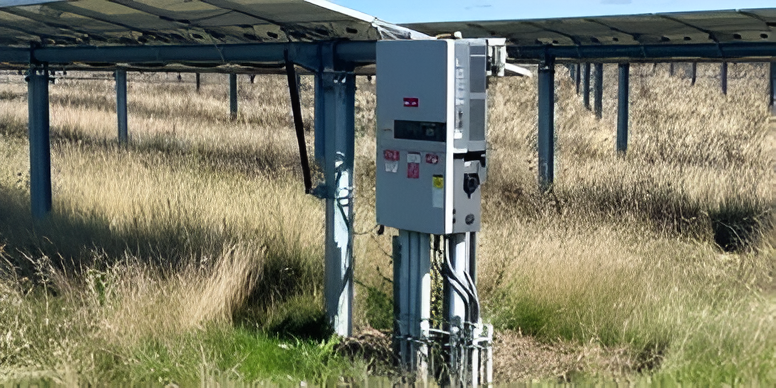
Inverters (String vs. Central)
Solar panels generate Direct Current "DC" electricity. The electrical grid uses Alternating Current "AC." Therefore, solar power needs to be converted from DC to AC before entering the electrical grid. The device that does this is called an "Inverter." There are two types of inverters, string inverters or central inverters. String inverters are small and quiet. They hang on the end of some of the solar panel rows and work together. Central inverters are bigger and do all the inverting at a single point.
-
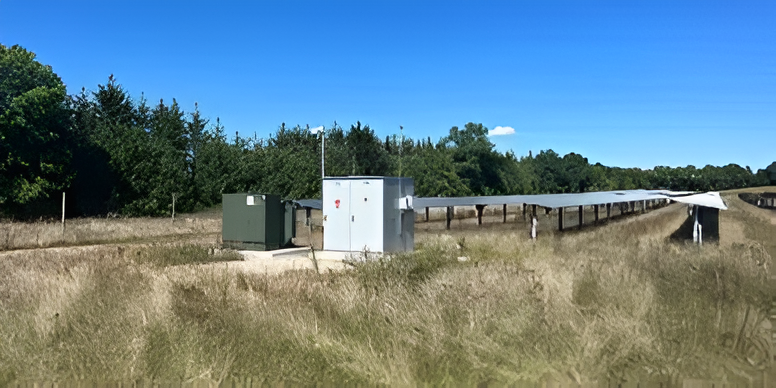
Metering & Equipment Pad
A community solar garden has one concrete equipment pad that takes up about 200 sf. The equipment pad is where metering equipment is mounted. The amount of electricity that is produced by the solar development is measured by the solar development owner and the electric utility. The power production and equipment are monitored 24/7 by a satellite or cellular based security system. An emergency shutoff switch is also on site.
-
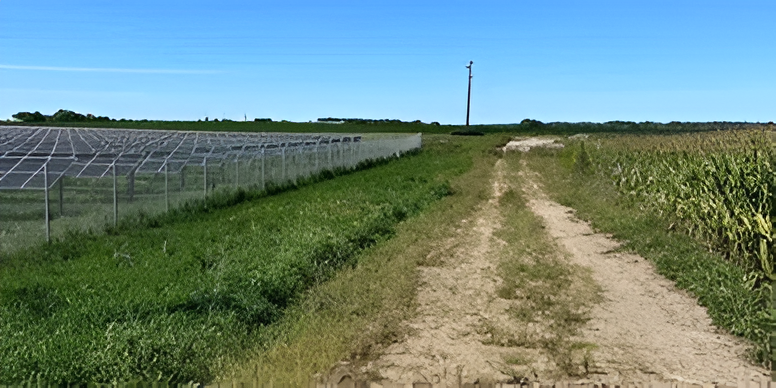
Access Road
The access road is a packed class 5 gravel road that accesses the parcel and leads from the Point of Interconnection to the Metering Pad. It does not wind around the solar array within the fence.
-
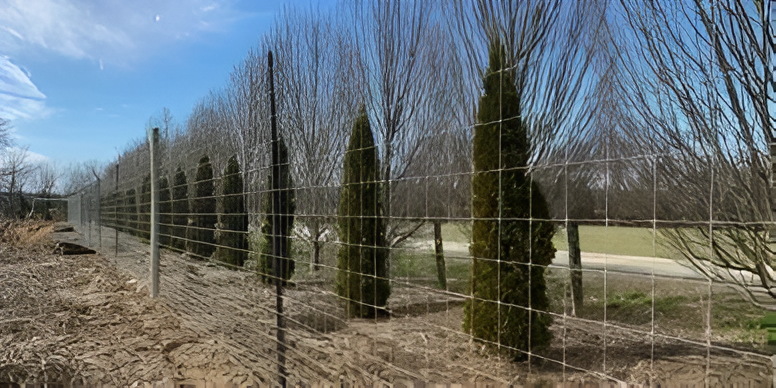
Vegetative Screening
We want to be sensitive to the aesthetic preferences of surrounding landowners who may not like looking at solar panels. When appropriate, we will meet with them to discuss a vegetative screening plan to obscure the line of site to the solar panels with plantings.
-
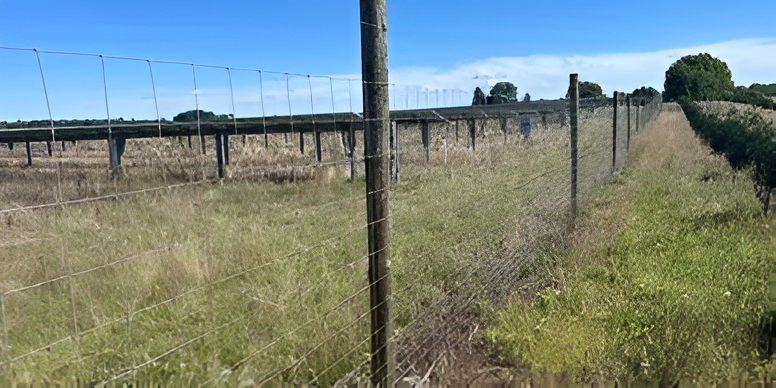
Security Fence
Everything but the access road and point of interconnection are surrounded by a 6' chain link security fence. Typically it's a "deer style" fence to allow birds, rodents, and other wildlife to pass through.
-
Point of Interconnection
The point of interconnection ("POI") is where the solar array meets the utility's electric grid. It is located outside of the fence at the end of the access road next to the distribution power line that runs along the road. The electric utility typically owns the POI and has an easement on the landowner's property.
-
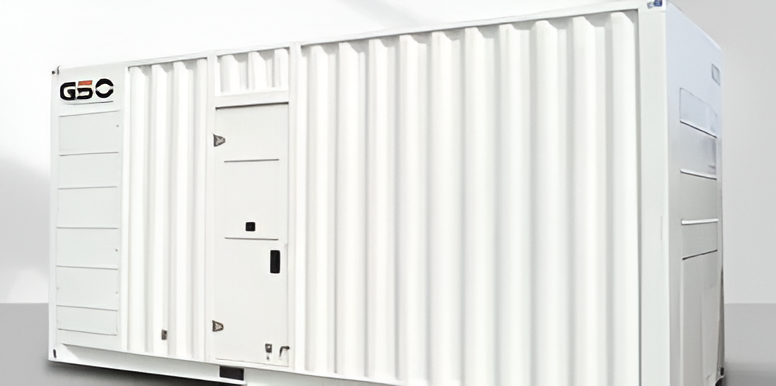
Battery Storage
Some Community Solar Gardens use batteries to store power. Demand and price for electricity changes throughout the day. It typically peaks late afternoon to early evening. Demand is highest on the hottest and sunniest days. Batteries allow a solar development to either produce a more consistent load of power throughout the day or release the power when demand is highest, thereby optimizing the electric grid for the electric utility.

